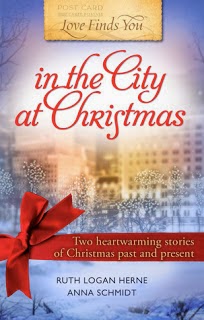Do you Strive to Write Books a Reader Can’t Put Down?
Or...
Do you Strive to Write Books a Reader Never Wants to End?
First, before I answer these questions, let’s stipulate that all writers are trying to write both kinds of books. At least, that’s what they think they are doing. Along these lines let’s also stipulate that all authors write both to the ‘needs of the novel’ and to the ‘reading experience’. Now let’s look at the real world.
The difference between the “can’t put the book down” (CPBD) authors and the “never want to end” (NWTE) authors demonstrates a difference in writing philosophy.
The CPBD authors are very interested in hooks. Hook the reader into the story, then hook her into the middle of the first chapter and then hook her into the next chapter. This is pretty much a cliffhanger approach in which the reader cannot resist reading just a little more to find out what happens next.
The CPBD approach is dominate today in much of romance. Everything seems to be in turbo mode with action going faster and faster. Active voice, POV descriptions, no time allowed to savor the experience. We are told that everyone has a degree of ADD. The MTV generation can absorb 250 images a minute. Life becomes a three minute video.
Editors seem to want CPBD books. Readers pick them up at Wal-Mart read the first line of the story and are hooked into buying the book. This is very good for sales but is it good for the craft? What is it doing to the story? Does it produce a sea of sameness and a hollow victory at the end after the last cliff is safely climbed? I think so. Yet, the statements: “I couldn’t put your book down" and "It kept me up all night" seem to be the highest form of praise.
The NWTE authors write books that provide the most enjoyable page-by-page ‘reading experience’. They may reward the reader five to ten times on a page with writing that makes reading a joy. This is often done with humor or with splendid descriptions of exotic places. NWTE books are fun to read in their own right. There is not an almost mindless rush to find out what happens next. It’s what is happening now that so enjoyable. NWTE books can be put down to be resumed at another time just as one would not ordinarily eat an entire box of fine chocolates at one sitting. You want to savor the book because you know you may have to wait a year for the next book.
NWTE books have their share of cliffhangers and hooks. A good use of a hook is in itself a reward for reading.
A few authors who write great NWTE books are: Janet Evanovich, M.C. Beaton, Alexander McCall-Smith, Lilian Jackson Braun, MaryJanice Davidson, and Diane Mott Davidson. I am now reading “Petticoat Ranch” by Mary Connealy which I would also would put in the NWTE category.
What’s the lesson here?
CPDB books are in demand by editors and readers may feel if a book does not grab them on the first page, it’s no good. This is not a good development as many classics would thereby become no good. I wonder if we are meeting the needs of ADD or if we are causing it. I think the 'cure' may be part of the cause.
I also think the rush to CPBD books will be short lived. Like exciting fireworks.
On the other hand, the NWTE can be read over and over because it is not that important to find out how it ends. These books, the best of them anyway, can be much more enduring and are more likely to be keepers.
A compromise is needed in the real world. I would like to see authors write their CPBD books but also enrich their stories with rewarding features that make the reading experience irresistibly enjoyable. To this end I would like to see a lessening of hooks and cliffhangers.
Vince
And Then There Were Six!
1 week ago

